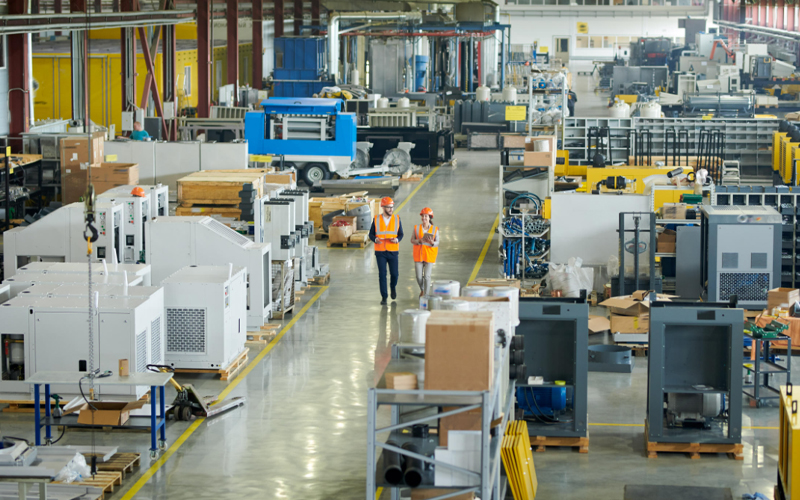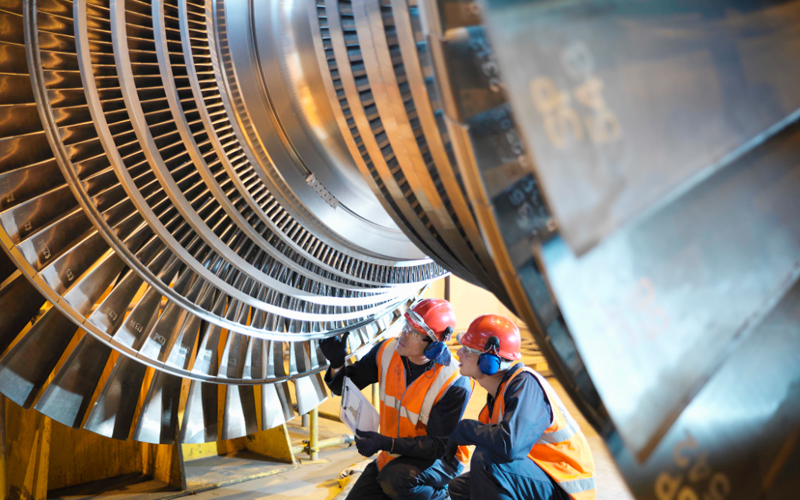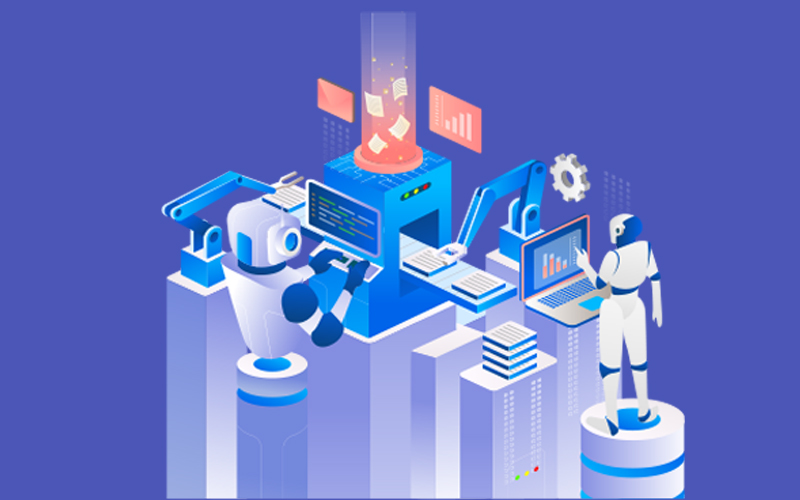In a world where uncertainty seems to be the only constant, optimising operational efficiency is paramount for all businesses. This quest has led to technological innovations across all industry sectors. A prime example is the concept of digital twins – a path-breaking concept that has emerged as a game changer for the manufacturing industry. As countries worldwide embark on their journey to digitise manufacturing, the digital twin concept has become a cornerstone of the Industry 4.0 revolution.
What are Digital Twins?
In the manufacturing realm, physical assets and processes define the outcomes. These assets are usually substantial, consuming considerable space and needing significant investments. As such, replicating production lines is a formidable challenge. Enter the digital twin concept, a revolutionary approach that creates virtual replicas of these assets and processes. It helps manufacturers simulate, monitor, and optimise their operations in previously unimaginable ways.
The digital twin technologies are so advanced they can replicate the entire gamut of the production process. Working with the virtual twins mirror working with the real-world objects. These replicas reflect the real-world component’s actual status, whether functionality, interactions and more. And it is an intelligent use of some advanced technologies with the help of real-time data that makes this possible.
The Technologies
The digital twin concept runs mainly on four technologies:
IoT: A connected network of sensors that gather and feed real-time data of the physical components of the virtual twin.
Extended Reality (XR): To simulate or visualise the real-world components in 3D.
Cloud technology: To store, access and process the data in real-time.
Artificial Intelligence (AI): Machine learning (ML) algorithms process massive quantities of IoT data to identify patterns. ML annotation helps with complex tasks related to image search and retrieval. AI helps generate required insights to optimise performance, conduct preventive maintenance, etc. Manufacturers can utilise RPA offerings to ensure data accuracy.
The Benefits of Digital Twin in Manufacturing
What advantages do manufacturers gain from the digital twins?
Increased efficiency and productivity:Digital twin systems help continuously monitor processes and systems even after a product has gone into production to achieve and maintain peak operational efficiency. It helps identify and eliminate bottlenecks to improve Overall Equipment Effectiveness (OEE), a key production metric. A recent Capgemini Research Institute report titled Digital Twins: Adding Intelligence to the Real World found more than 25% system performance improvement.
Cost reduction: Increased efficiency and reduced maintenance costs help manufacturers reduce costs significantly. The Capgemini report mentions reduced costs as one of the factors adding to almost 65% higher benefits businesses realise after implementing digital twins.
Accelerated time to market: Digital twins help manufacturers accelerate product design, development, testing and production decisions through AI-backed insights.
Sustainability: The Capgemini report found that businesses achieve an average improvement of 16% on the sustainability aspect with digital twins. From sustainable designs to better lifecycle management of products, digital twins help improve sustainability.
Let’s see a few applications of digital twins in manufacturing to understand their impact.
The Applications (use cases)
Product and System Design
Digital twins allow design and engineering teams to prototype products faster in a risk-free environment. This approach increases the scope for innovation without associated costs. Digital twins facilitate testing products in multiple simulated environments. Manufacturers can even simulate and test production lines before creating physical prototypes. Therefore, the product going into production will be optimised for all aspects, saving significant time and money. A McKinsey article titled, Digital twins: The key to smart product development, says this concept helped reduce development times by 20 to 50%, for some users.
Product Quality
Design and engineering teams gain deep insights into product behaviour through digital twins. When the virtual product works with real-time data in different environments, it helps understand complex product element interactions. The system proposes changes to improve the product design for better performance. It can even suggest better materials aligned with sustainability goals. According to the McKinsey article, products that started as digital twins had 25% fewer issues upon entering production. Even during production, the digital twins can monitor every product component for any issues and variances to trigger alerts for corrective actions. The article quotes instances to show digital twin-originated products having better chances of succeeding commercially.
Predictive Maintenance
Digital twins help maintenance staff constantly monitor equipment health by tracking various parameters. The variances in data patterns result in predictions of equipment issues and failures which can be used to take preventive action. Preventive maintenance helps reduce downtime and the cost involved. The insights also help optimise load, calibrations, cycle times, etc., for enhancing the system.
Workforce Training
Digital twins are an excellent option to train employees to operate equipment, troubleshoot issues, and observe and learn the entire production process. Also, they gain this knowledge without risk of physical harm or getting in the way of people working on the shop floor.
Enhanced User Experience (UX)
Ultimately, the UX determines the success or failure of products. Digital twins can collect real-time data from deployed products across a period to analyse customer experience. These insights help enhance the products further.
The global digital twin market size, estimated at USD 8.60 billion in 2022, is projected to touch 137.67 billion by 2030. The utility of its applications is such that one can expect further innovations. It is one of the core concepts of the Industry 4.0 revolution. Cloud technology has made digital twins affordable for industrial adoption, and considering the benefits, the cost-benefit analysis works out well for most manufacturers.







